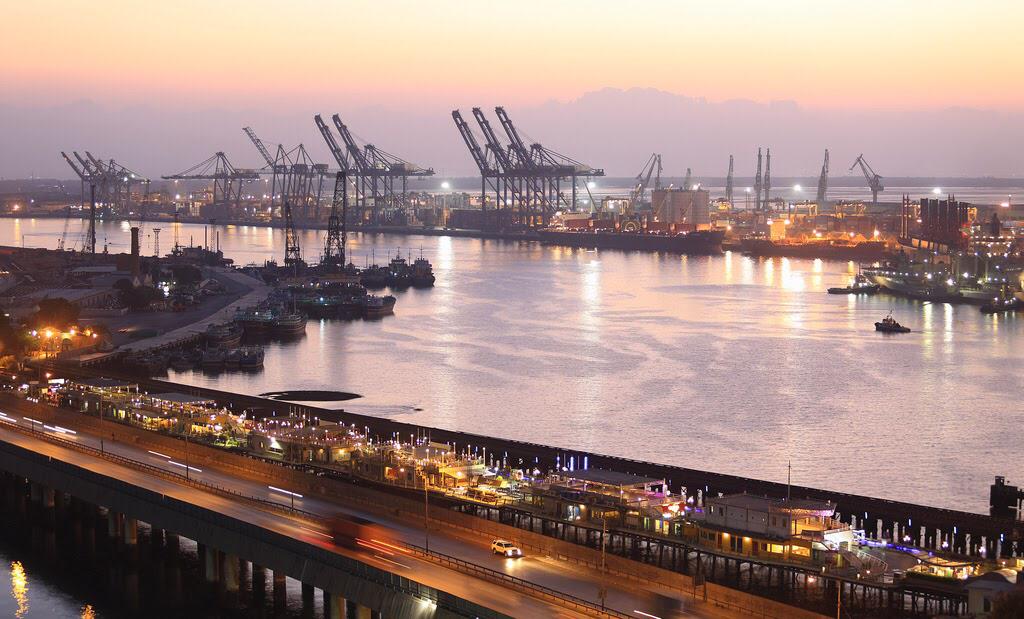The Opportunity and The Need for Port Infrastructure in Pakistan.
Karachi: On Jan 16 2020, the I.I. Chandrigar road of Karachi a.k.a Wall Street of Pakistan was blocked, just because of an unexpected load on Karachi Port. Transporters strike which was ended and that caused an overload which exposed the thin port infrastructure.
SBP is emphasizing on following a Vietnam model of exports for Pakistan by becoming part of the Global Value Chains (GVCs). For that, flow of goods in and out of the country need to be smooth. That is not the case. Firstly Pakistan’s annual trade value is less than one sixth of Vietnam’s, Secondly the load on two ports in Karachi seems to be higher than of any port at Vietnam or many other export based countries.
Also Read: OBOR: A Journey Of Economic Development
The other issue in enhancing trade competitiveness is improper inland transport system. There is an old joke,”shipment cost of coal from Indonesia to Karachi is half of what is to transport from Karachi to Lahore”. This tells about the inefficiencies of the transportation system within the country.
Railways are generally the option for inland goods transportation world over. However, that is no the case in Pakistan, since 1980s, when NLC was formed, the goods transportation in Pakistan shifted to roads.
One of the main reasons for poor competitiveness in the country is its poor port and inland transport infrastructure. There is dire need to upgrade the existing ports and to have new ports as well. There is a feasibility of building a cargo village in Karachi catching dust for 15-20 years. Nothing has happened to date. At this stage, the sea port load in Pakistan is relaying on Karachi Port and Port Qasim with higher load on the former.
Karachi port is now well within the city. Cargo yards can be seen from a modern glass building of a leading financial house. Karachi traffic mayhem is not only due to rising population, but also due higher number of oil and water tankers.
There is dire need of investment in rail and sea port infrastructure. It’s a prerequisite for attaining competitiveness. Without it becoming part of GVCs is a pipedream. The dividend from CPEC and other infrastructure expansions is limited as the chock point is the port. The road access to the Karachi Port is thin, and the area is too congested. There are informal settlements around limiting the ability to expand Karachi Port Qasim further. God forbid, one accident at port Qasim can halt the energy supply up north.


I need this job